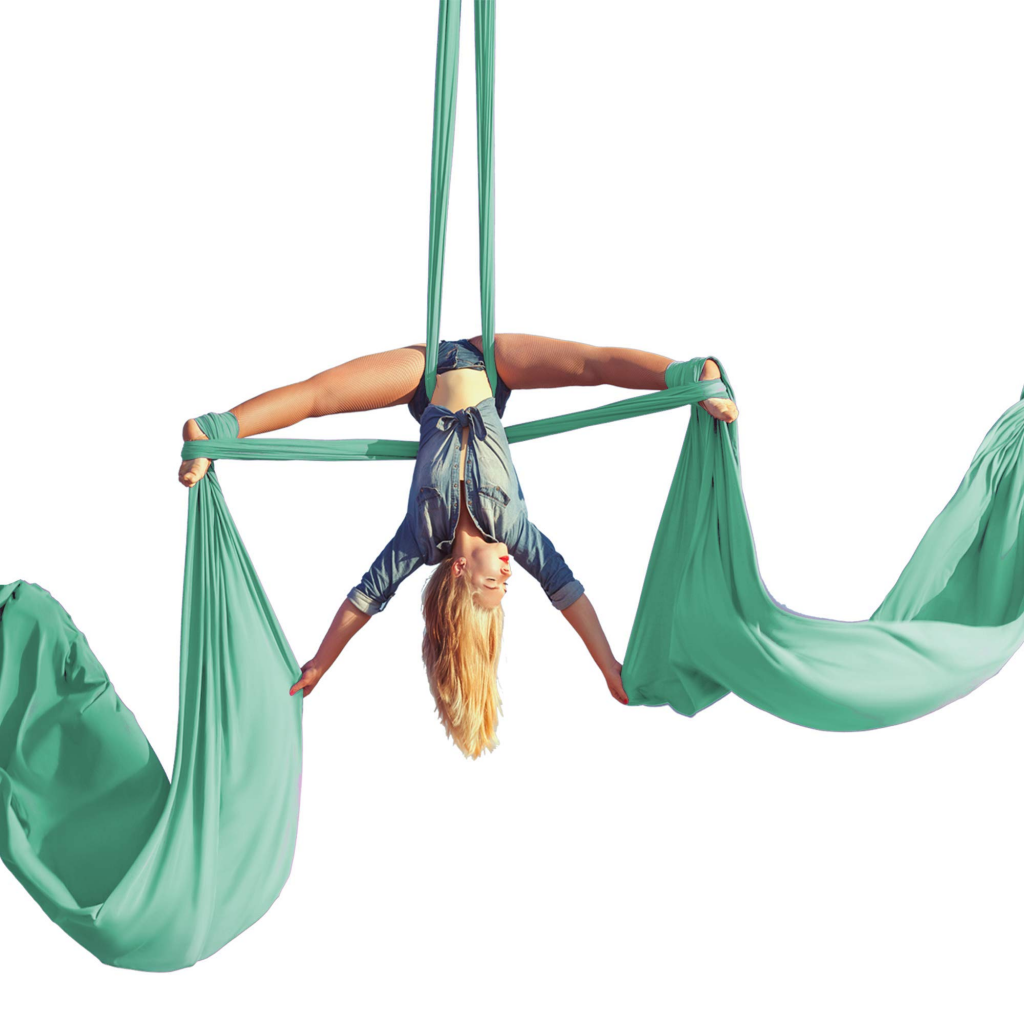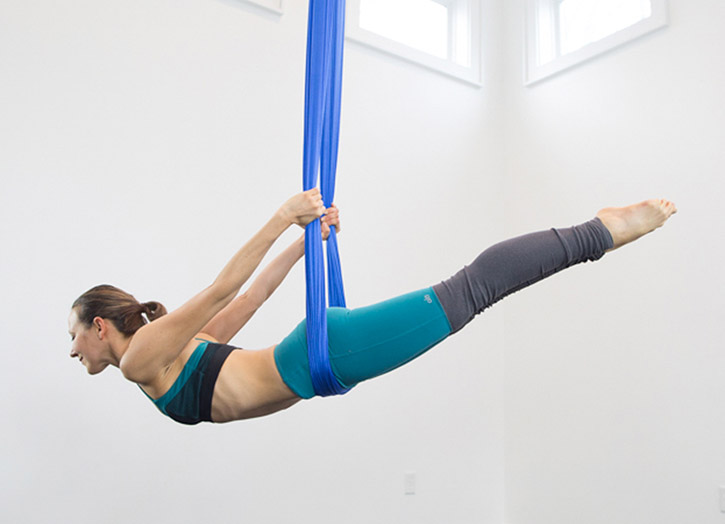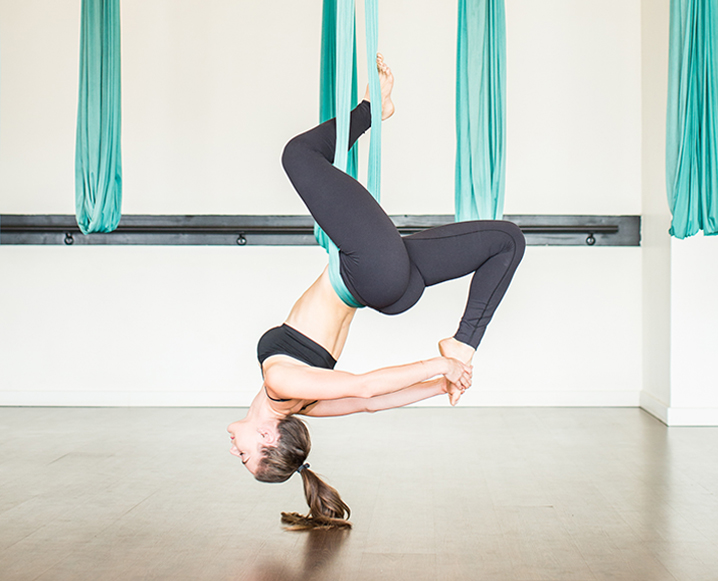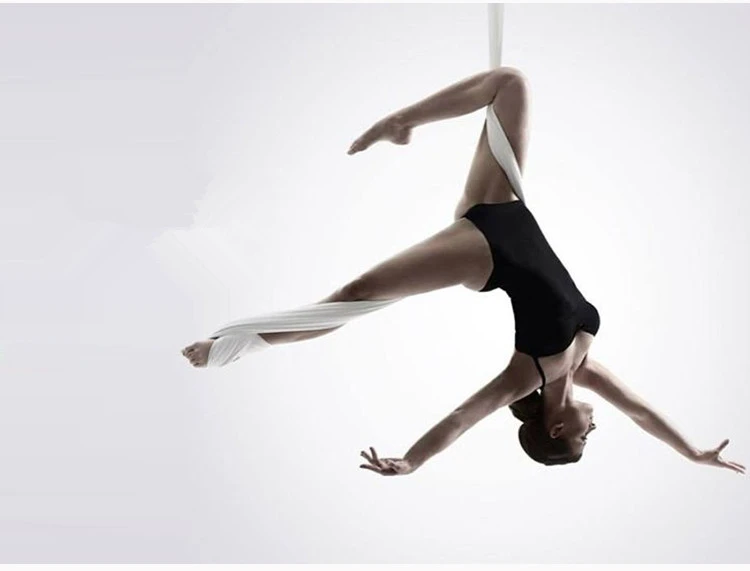This video, we will be going through 5 conditioning and 5 aerial exercises 10 conditioning exercises to help you improve your aerial inversions technique.

Tips That All Beginner’s Aerialist Should Be Aware Of

1. Injuries are normal
For any sports and do not get discouraged or scared. I see a lot of adult aerialists falling in love with aerial dance/sport but they encounter aerial injuries and post injuries they decided to not push themselves to be better or completely just quit the sport.
You need to realise and understand that injuries are common for any sports and no exception to aerial dance/sport and if you do have an injuries from aerial practice, make sure you take the time needed to properly rehab it and come back to practicing at your own pace, don’t rush into doing things that you do pre injuries but instead, build up to it again.
And never get fearful or discouraged from practicing aerial because of injuries. When you are trying to learn a new sport it is normal that you get injured as you are constantly trying to challenge your body to a new physical limit. Therefore be proud that you are pushing yourself to be better and never give up doing what you enjoy.

2. Never underestimate the power of off conditioning
I find a lot of beginner aerialists forget about the importance of conditioning. They will practice their aerial sports on the pole/hammock/silk/ hoop but that is about the only practice they do for their aerial sports throughout the week.
Some aerialists have natural strength, balance, and core strength that will take them through the lower levels of aerial skills quickly, but the majority of aerialists need to improve upon each of those attributes in order to progress to higher levels.
By completing a conditioning program (be it flexibility or strengthening) at least twice a week, aerialists will progress their skills at a faster pace, and be able to handle the strength demands of inversion, spinning, and longer programs.
Without core stability, an aerialist will have difficulty maintaining the body balance and gracefulness on air.

3. Always Stretch After Not Before Workout
There are a lot of misconceptions about stretching before exercising and I’m also seeing a lot of coaches are still getting students to stretch before working out.
Although stretches are important to help improve the flexibility of the joints and muscles, timing for when to do them is also very important; doing them at the wrong time of your workout could have an opposite effect of what you are trying to achieve.
You actually shouldn’t perform static stretching before you exercise, especially if your workout involves the lower body. The muscles aren’t warmed up yet, and performing static stretching while you’re still cold won’t do anything in terms of injury prevention.
More and more evidence has now shown that static stretching could actually have negative effects on strength, power and speed. Hence, static stretching should be avoided during a warm-up.
Dynamic stretching has instead become more popular during warm-ups. Dynamic stretching involves deliberately moving the limbs repeatedly through its entire range of movement.
Dynamic stretching doesn’t impede performance the way static stretching does. In fact, it may even increase muscle strength while still providing the short-term increases in flexibility.
Therefore, before doing any type of exercise, a bit of dynamic stretching is recommended and only do static stretch after your workout.
If after trying out all these hacks and tips and you are still experiencing difficulties, it might be time for you to seek some professional help.
Here at Capital Physiotherapy we can help you accurately diagnose and treat your aches and discomfort as well as helping you achieve your fitness goals.
If you still have issues with your aerial practice and wish to seek more personal advice, I strongly encourage you to book a session with one of our fully qualified physiotherapists here in Capital physiotherapy. Our physiotherapist will be able to give you more individualised advice that is tailored for your particular needs.
At Capital Physiotherapy, your initial appointment is 40-60minutes long. This allows our physios to be thorough in their assessment, as well as giving them enough time to give you treatment on the same consultation!
For any physiotherapy related concerns drop us an email info@capitalphysiotherapy.com.au or make an appointment through our booking system!
You will find us at any of our clinics near you:
Additional Information:
We also provide Telehealth Consultation for your safety and convenience during this pandemic.

